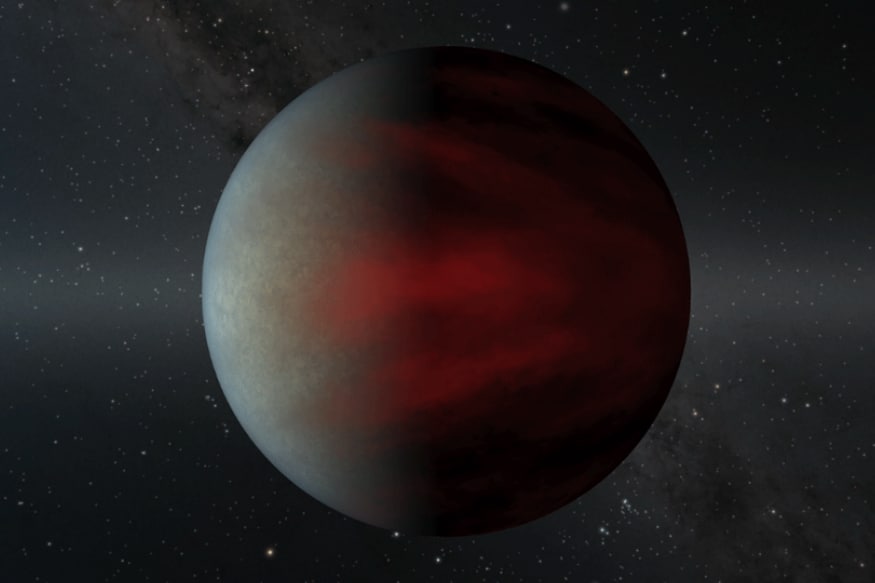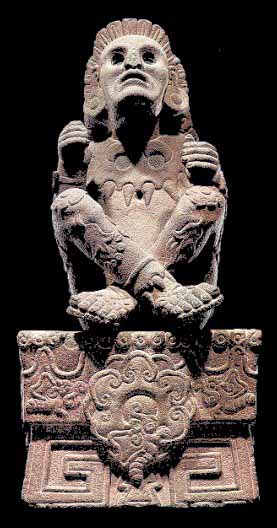
This is the very center of the Sun, where temperatures and pressures are so high that fusion can happen. The Core: Let’s start at the innermost layer of the Sun, the core of the Sun. The hydrogen and helium behave differently under the changing conditions. The layers of the Sun are created because the temperatures and pressures increase as you move towards the center of the Sun. Structure:Īlthough the Sun is mostly just a ball of hydrogen and helium, it’s actually broken up into distinct layers. Our Sun is made up of elements left over from the Big Bang, elements formed from dying stars, and elements created in supernovae.

The explosion scattered these elements across the region, where they could contribute to the formation of new stars. In a fraction of a second, as a black hole was forming, elements were crushed together in the intense heat and pressure to form the heaviest elements. The heaviest elements, like gold and uranium, were formed when stars many times more massive that our Sun detonated in supernova explosions. Most of the heavier metals we see in the Sun were formed in other stars at the end of their lives. Once the hydrogen in the core runs out, they switch to fusing heavier and heavier elements, like helium, lithium, oxygen. Stars are constantly fusing hydrogen into helium in their cores. The other elements were created in other stars. The ratios of hydrogen and helium that we see in the Universe today were created in those first few moments after the Big Bang. Hydrogen was fused into helium until the Universe cooled down enough that this reaction couldn’t happen any more. The pressure and temperatures were still so intense that the entire Universe had the same conditions as the core of a star. In the early moments of the Universe, the first element, hydrogen, formed from the soup of elementary particles. Where did these elements come from? The hydrogen and helium came from the Big Bang. In fact, the Sun is 1% oxygen and everything else comes out of that last 1%. The remaining amount of the Sun is made of iron, nickel, oxygen, silicon, sulfur, magnesium, carbon, neon, calcium and chromium.

Astronomers consider anything heavier than helium to be a metal. If you could take the Sun apart, and stack up its various elements, you would find that the Sun is made of hydrogen (74%) and helium (about 24%). And here on Earth, it is what provides all life forms with the energy they need to thrive and survive.

It’s this structure of the Sun that powers this massive engine that provides the planets with all the light and heat they receive. In addition to imperfections on its surface, the Sun is also made up of several layers, each of which serves its own purpose. However, thanks to improved instruments and many centuries of study, we know that the Sun is much like the planets of our Solar System. And prior to Galileo’s discovery of sunposts, astronomers even thought it was a perfect orb with no imperfections. From here on Earth, the Sun like a smooth ball of light.


 0 kommentar(er)
0 kommentar(er)
